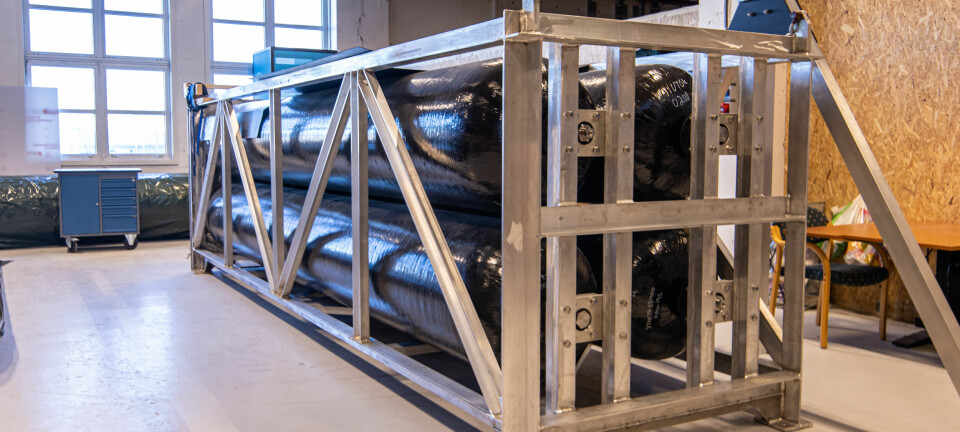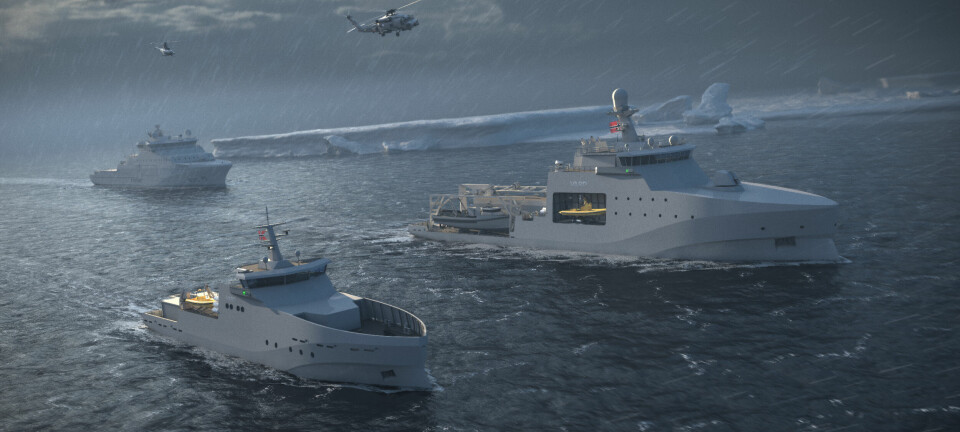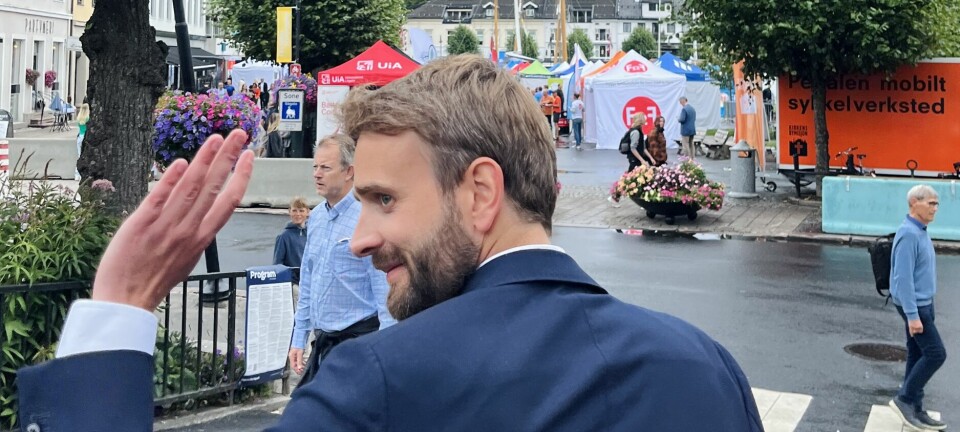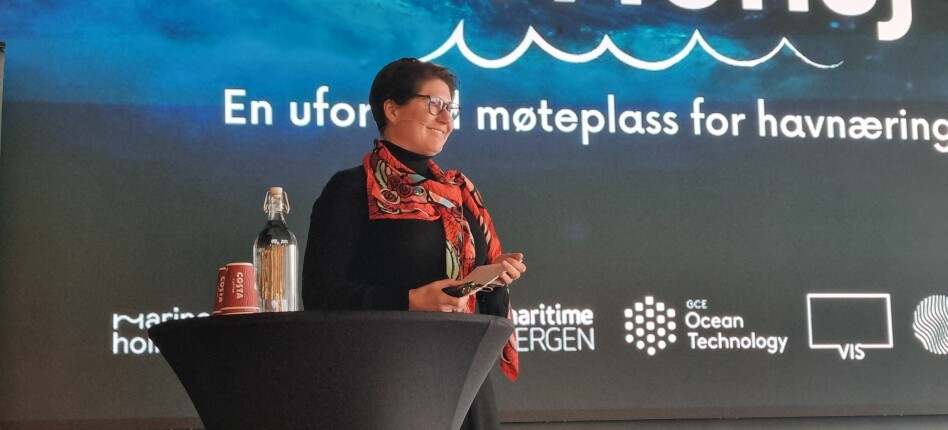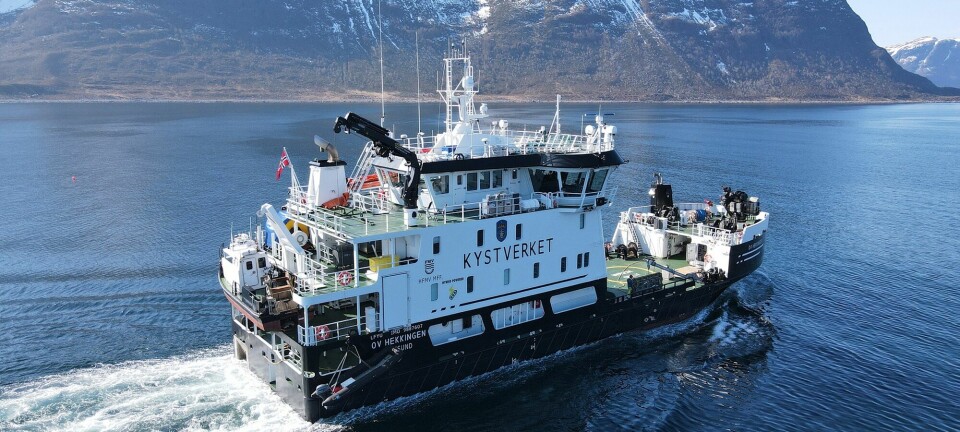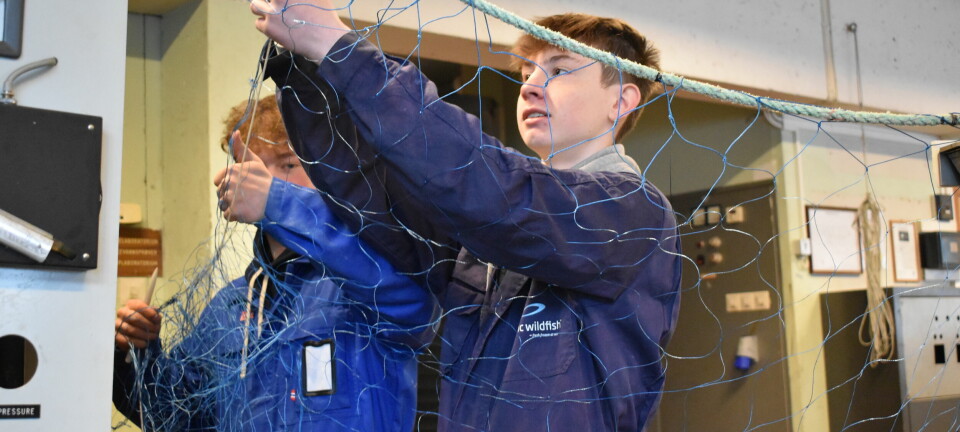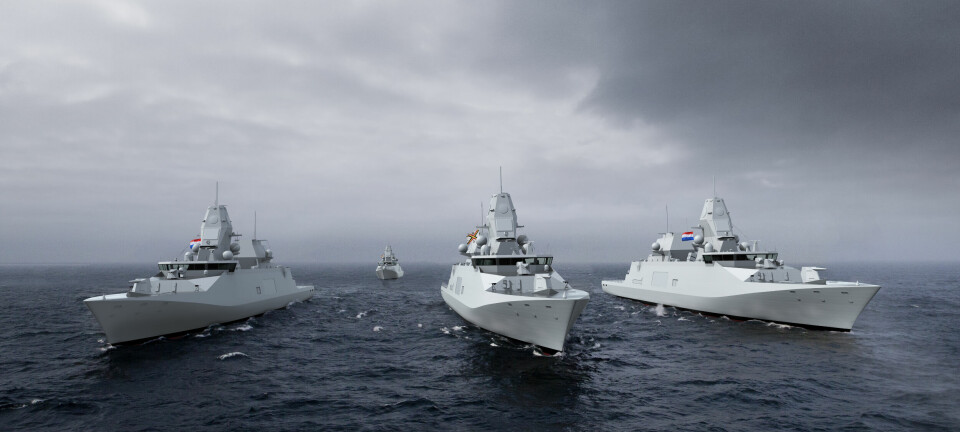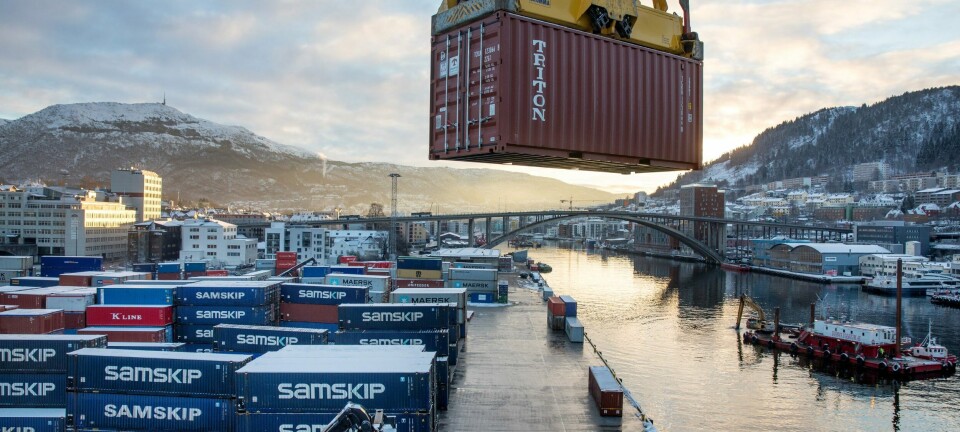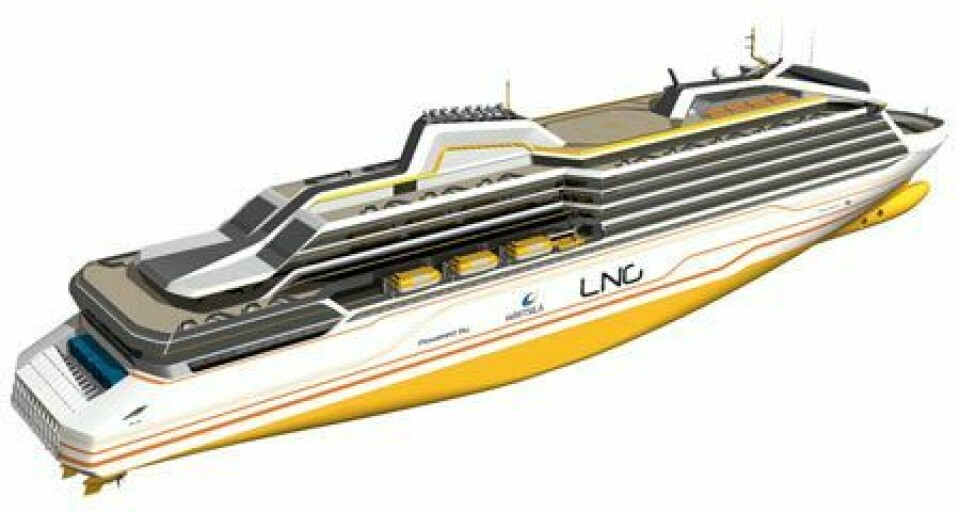
Ferry of the Future – Finer in every respect!
Challenges for the marine industry lie in reducing environmental impacts and improving the overall ef?ciency and reliability of ships. These demands cannot be met simply by developing better engines and propellers, the whole concept of how a ship and its systems function has to be re-examined. One such concept is Wärtsilä’s Ferry of the Future.
Denne artikkelen er tre år eller eldre.
Text: Marjatta Pietilä
Photos: Wärtsilä
The key drivers in ferry design are efficiency improvement, emissions reduction and compliance with future regulations. New regulations set by the International Maritime Organisation (IMO) concern passenger ships constructed on or after 1 July 2010 and must be taken into consideration in the design of ferries that are now on the drafting table. Such regulations are for example the new Safe Return to Port regulations and the Probabilistic Damage Stability regulations.
“New regulations encourage innovative solutions and the building of better ships,” says Oskar Levander, Director R&D, Operational Performance Program within Ship Power Technology.
Improving the overall efficiency of a ferry is no simple task. A very significant proportion of the energy contained in the fuel is either lost or unused because of heat losses, exhaust losses, and transmission, propulsion and other ineffi ciencies. The overall effi ciency of ferries should be improved and the demand for power reduced.
Longer ships, lower resistance
“This can be done by utilizing efficiencies of scale, lengthening the waterline, taking advantage of new propulsion concepts, improving methods of heat recovery and taking alternative fuels into use. While similar traditional ferries are usually about 180-210 m long, the Ferry of the Future is designed to have a length of 225 m. The longer the ship, the smaller the resistance. This is because of the low speed/length ratio,” explains Levander.
“Size really does matter. As an example, let’s compare two ferries cruising at a speed of 25 knots. The smaller ferry has a length of 185 m and a breadth of 28 m. The larger one is 225 m long and has a breadth of 31 m. The carrying capacity of the smaller ferry is 2000 lane metres, while the larger offers 2900 lane metres, 45% more than its smaller sister,” Levander says.
“At the same time, the power requirement of the smaller ferry is 31,700 kW while the larger one demands only 30,200 kW, some 5% less. If the demand for power is calculated per lane metre, the difference is even more remarkable: 35% less in the larger ferry. On the basis of this type of investigations we believe that one of the future trends will be a continuing increase in ferry size.”
Conventional shaft lines to history
In the Ferry of the Future, Levander is ready to abandon the conventional double-shaft-line solution and replace it with new propulsion concepts. These include a solution with counter rotating propellers (CRP) or a Wing Thruster which has a shaft line in the middle and two thrusters pulling at the sides. In CRP, the aft propeller recovers some of the rotational energy in the slipstream from the forward propeller. The advantage of Wing Thruster propulsion is that individual propeller loadings are reduced by using three propellers, which improves operating efficiency. Having twin steerable thrusters also increases the ferry’s manoeuvrability at slow speeds.
“These new propulsion concepts reduce resistance and result in lower power demands. This leads to lower fuel consumption and reduced emissions, “ says Levander.
LNG is already a cost-effective fuel alternative. Even though natural gas is only available in some European ports, the fact that ferries usually operate on regular routes means fuel supplies are easy to organise for many itineraries. As Levander points out, “The LNG supply infrastructure can be built faster than the ferries themselves.”
“Designing ferry interiors isn’t exactly our fi eld, but to develop our own products and technology we sometimes have to step outside our own segment and visualize the needs of our customers’ customers. Viewing the ship as an operational environment helps us take better account of end-user needs,” says Levander.

